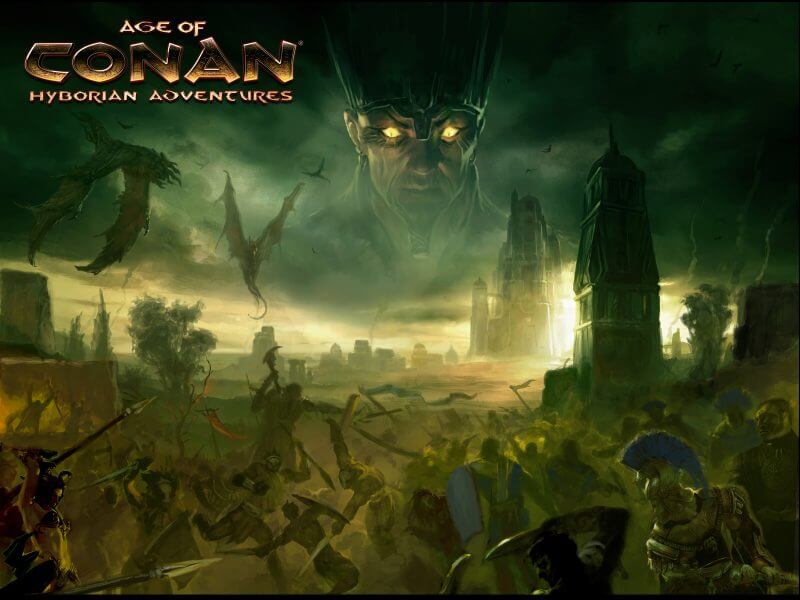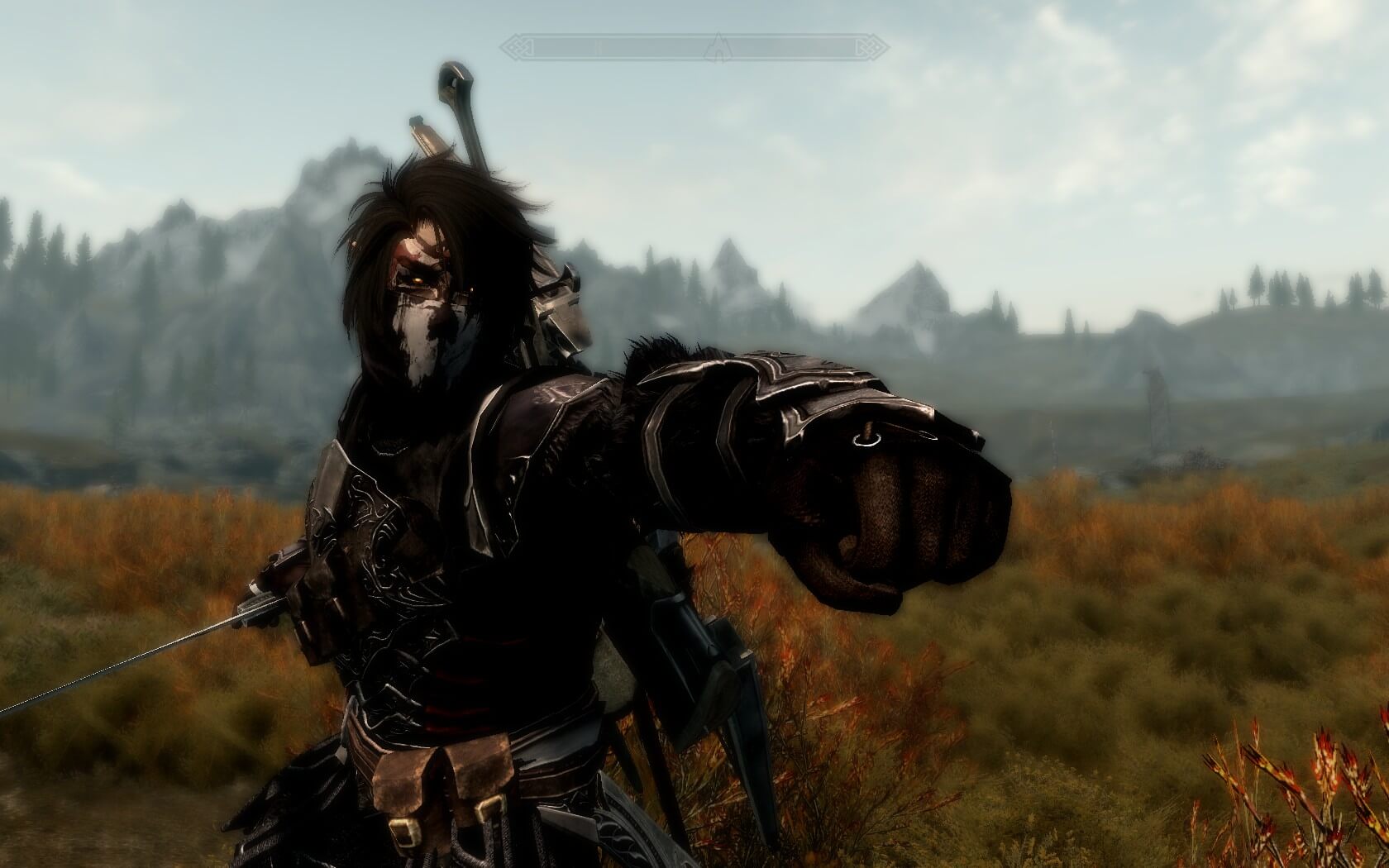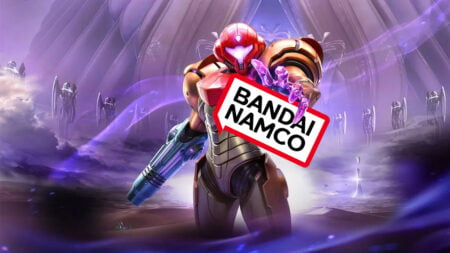Free-to-play is seen as a death knell for many games. Star Wars: The Old Republic, Lord of the Rings Online, Age of Conan, and it isn’t just MMOs. There are a plethora of titles out there that were designed from the ground up to use micro transactions or cosmetic upgrades to fund their development. Strategies, shooters, even puzzle games: the free-to-play market is certainly not lacking in diversity.
But despite this wide range of choice, many people simply sigh, shake their heads and cross a game off their to-play lists as soon as they hear it won’t cost them a penny. The same can be said for those games that lack even an initial buy-in cost. Why is that? What is it about free-to-play that turns so many people off, and what could developers do to actually create a good free-to-play title?

Free-to-Play Priorities
Let’s get right down to brass tacks: free-to-play games are inherently different from paid games, and not just in terms of cost to the consumer. Free-to-play games, in order to be a commercial success, have to create a return on investment for the developer. Paid games do this through the initial buy-in or ongoing costs in the case of an MMO. But if you aren’t charging a subscription, where does that cash come from to maintain servers, to keep creating patches and push the game forwards?
You could charge for cosmetic upgrades, you could gate off certain content or you could even give people who pay a gameplay boost (the so-called pay-to-win method). Whatever the case, certain parts of the game have to be separated from the people who pay (the haves) and those who don’t (the have-nots). Rather than trying to make an all-round awesome video game, you have to build your monetization directly into the product itself. Paid games have a marketing department and a design department: in free-to-play titles, they are one and the same.
What this means for the quality of the final product is that it has an additional criterion that paid games don’t. Reviewers rate a title on graphics, gameplay, presentation, plot, and things of that nature. With free-to-play, you have to consider how well the business side integrates into the rest of it, and, if anything, that aspect is more heavily weighted than all the other parts put together. It’s really down to this integration factor that makes a free-to-play game good, or bad.
Squeezing the Playerbase
Nobody wants to feel like they are being hassled for cash. If there’s one way to kill enthusiasm, it’s to make the monetization smack you in the face around every corner. Buy credits now! Unlock the new DLC! Only subscribers get access to this area! I have lost track of the number of free-to-play games that I have stopped playing simply because it was like walking around one gigantic simulated advert.
The reality is that free-to-play games have to do this, and anyone playing them should know it. If you are going into something like Neverwinter without expecting some kind of occasional reminder that the developers need money to eat, you are in the wrong industry. No such thing as a free lunch, so they say.

There are good and bad ways to do this, of course. Team Fortress 2, one of the most popular free-to-play games ever made, uses crates and keys. You get the crates for free, but the keys will cost you. If you don’t want the crates, you can sell them, and in-game items that actually have gameplay value can all be unlocked just through playing. This is a popular method, and for good reason: you never feel like you have to open the crates to get an edge on your opponents. Combine that with the excitement of the finding out what’s in the mystery box, and you’ve got a monetization method that is actually fun to use. Who even knew that was possible?
This is a major reason why it’s such a good example of a great game, not just a great free-to-play game. When you eliminate the monetization aspect from the equation through good integration, you are putting the title back on the same footing as a regular, paid game. That is when good gameplay can actually be appreciated for what it is, instead of being sullied by a cash grab.
The Importance of Community
If there’s one thing that a free-to-play title has to capitalize on, it’s the size of the community.
Or, rather, the chance for a sizeable community. It’s a no-brainer really: a free game has fewer obstacles for new people to start playing. The game itself has to be decent for them to stay, but in a world where gaming is still a very expensive hobby for many, the money hurdle is a significant one to overcome. This aspect has obvious importance for MMOs or games like Planetside 2 where the entire basis of the gameplay is lots of people, all the time. An MMO with only a few dead servers quickly falls into obscurity, and no matter how detailed or massive a battlefield is, nobody will want to play (and pay) if there’s nobody to fight against or with.

But gating content can result in dividing a community into the haves and the have-nots: the people who have that DLC, access that feature or use that particular skin. It might seem like developers shouldn’t really care about the have-nots, as they aren’t contributing directly to their coffers. But with the mass bulk of non-paying players, many free-to-play games wouldn’t be able to exist as they are.
Modding Power
And some games know this and utilize the size of the community. Let’s take a look at a non-online, paid game: Skyrim. Or, if you prefer, Oblivion or Morrowind; my point is the same. Part of the appeal of these games was the enormous modding community, and there’s no doubt in my mind that it was these modders that were a primary force behind why these titles were so popular. And, what’s more, they did it all for free (barring a poor attempt at monetization from Valve, but we’ll ignore that for now). The developers got more sales and more life out of their game due to the efforts of their fans. And they didn’t have to pay a dime for it.

Many games offer intrinsic modding support for this reason. Free-to-play games should be no different. Neverwinter does this very well, giving their players the opportunity to create their own adventures and dungeons, utilizing the creativity of their own fanbase to create new content for their game. Imagine if this had been gated off to subscribers-only. There would be far fewer adventures, a lot less diversity and likely a lot more animosity from the have-nots. If you have such a huge community, why not get them involved?
The Answer
So what does this all actually mean? Free-to-play games can’t always be held to the same standards as a paid game. Their business model and gameplay are intertwined in a way that paid games do not have to deal with. However, with the right monetization strategy and the correct community engagement, free-to-play games can stand on their own merits despite their poor reputation among the gaming community.
Ultimately, free-to-play games can be excellent – but only if you remember that free-to-play is an entirely different beast to paid games. They must be ranked on a different scale to paid games, in much the same way that a strategy game can’t be compared to an FPS. Despite that, the free-to-play genre has some advantages that paid games don’t: easy access, a large and diverse community and the opportunity to rally an enormous player base the develop the game in new directions.
Can there ever be a good free-to-play game? Absolutely – and many of them already exist.







